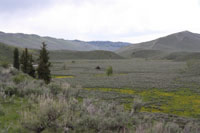
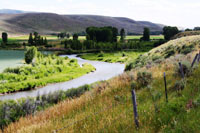
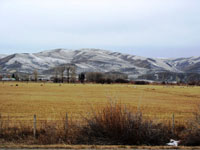
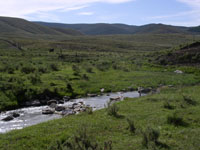
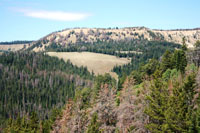
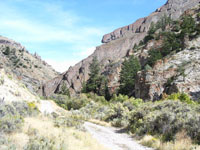
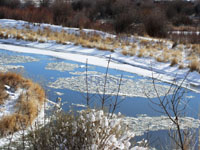
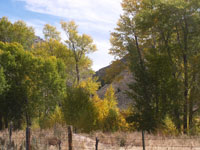
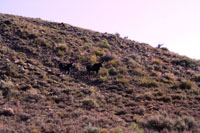
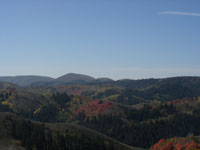
HISTORY
In 1941, the Wyoming State Legislature recognized the need for a local governmental entity which would assist landowners and resource users with conservation practices and provide leadership in natural resource management issues and efforts. As a result, legislation was enacted which enabled the formation of local Conservation Districts and the election of Conservation District Supervisors. The Wyoming legislation authorizing the establishment of Conservation Districts was signed by Governor Smith on March 5, 1941. Conservation Districts were established by the Wyoming Statutes at Title 11, Chapter 16, titled “Wyoming Conservation Districts Law." Elected by the people of the District, at general elections, by popular vote, the MCD Supervisors are the only locally elected board charged specifically with the responsibility of representing local people on natural resource issues.
MISSION STATEMENT
The overall goal of the Lincoln Conservation District (LCD) covers three major areas of concern:
1. Quality of Life
The LCD is committed to the conservation and wise use of the soil, water, and related natural resources of southern Lincoln County in order to provide all of its residents an opportunity to live a healthy, happy, stable, and productive lifestyle. The LCD board members will do their best to provide the necessary leadership, promote good, sound, on the ground conservation practices, and will continue to provide a variety of educational training to accomplish this goal.
2. Community Natural Resource Management
The LCD will continue to work closely with local communities to promote and to protect public lands and natural resources, soil, water and wildlife resources, to develop water, to prevent floods, to stabilize ranching and industry, to protect the tax base, and to provide for public safety, health, and welfare of district citizens.
3. Landscape
The LCD desires to develop an aesthetically pleasing place for local residents and visitors. Efforts will be initiated to develop a diversity of trees, shrubs, and grasses throughout all areas of the District, emphasizing the need to have open spaces along with residential and industrial development.
